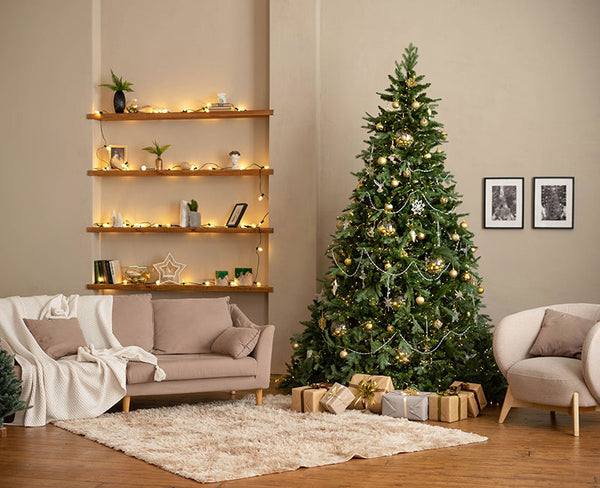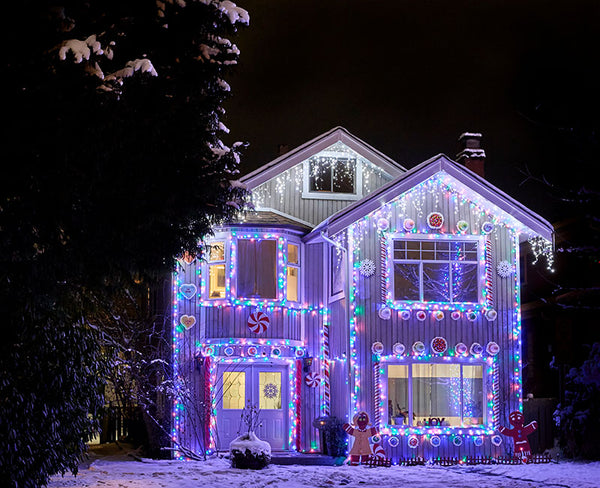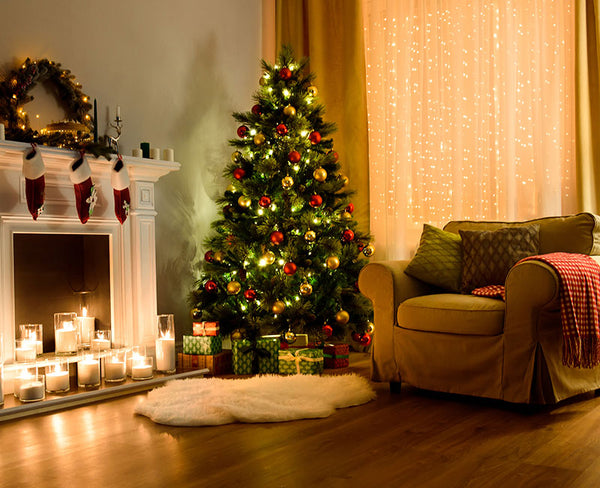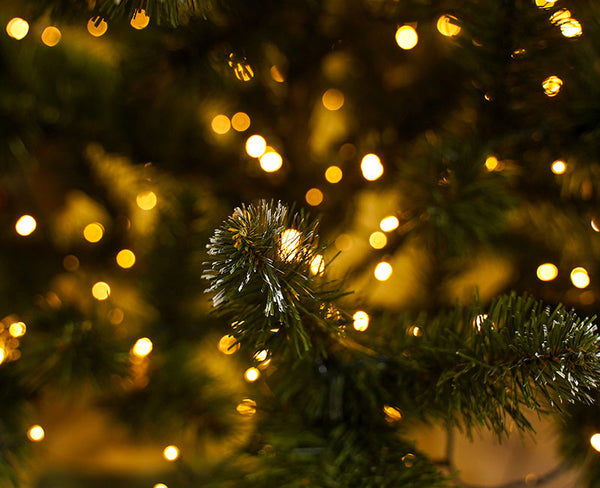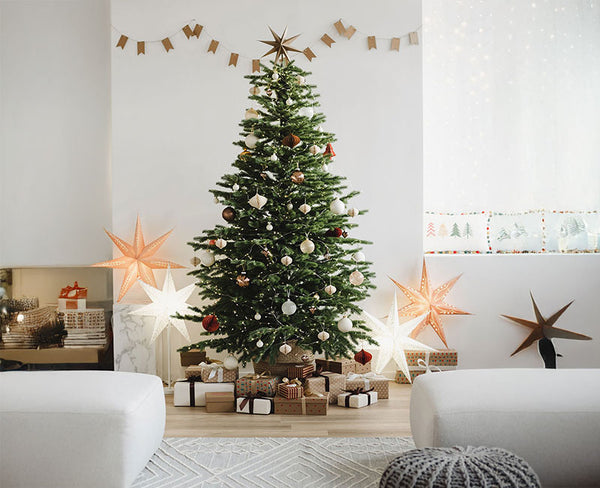UK Christmas World Archive

UK Christmas World's Guide To Making The Smart Choice In Selecting Xmas Lights
Every Christmas tree has its share of fairy lights. If you are a bit confused, the reference is to those rows of tiny lights that come strung together on lengths of wire. They generally come with regulators which allow you to control the speed at which they go. You could choose to replace your traditional fairy lights with LED or light emitting diode bulbs. There are several advantages to this.

LED Outdoor Lighting Tops Incandescent and Halogen
With each passing year, the benefits of LED outdoor lighting become more statistically sound. While the longevity, quality and energy efficiency capabilities of LED bulbs have proven successful over the past ten years, even more positive features are on the horizon. Today, learning what an LED outdoor light can provide as opposed to an ordinary lighting system, will help you rethink your landscape, pathway and security systems.

Life Expectancy
LED lighting is a leader in outliving the competition by a very wide margin in life expectancy. An incandescent bulb can last 750 to 2,000 hours and a halogen bulb, 2,000 to 5,000 hours. LED bulbs put both of these existing methods to shame by shedding 30,000 to 50,000 hours of pure light before needing changed. In addition, many regular lighting systems do not offer a simple bulb change but an entire housing mechanism. The switch to LED outdoor lighting can save you money in maintenance costs by lasting as long as a decade before a replacement is needed.
Distribution of Light
The three zones of luminaire classification (LCS) are considered for outdoor lighting according to IESNA. These include forward light, back light and up light and the test results are astounding. If you have ever stood under a street light that is fitted with an incandescent or halogen bulb, you understand the difference. Visual performance is limited and even annoying with the glare that is associated with regular outdoor lighting. The LED bulb is still undergoing study through CALiPER in order to make a scientific comparison but, for now, the human eye can give LED lights a positive report.
Quality of Light
Longevity and distribution are not the only winning features of the LED versus CFL outdoor lighting. It has been recently revealed by PEARL studies that incandescent lighting loses 5 to 13% of measured wattage as soon as installed. There have been numerous comments by CFL users that CFLs seem to dim over time but now, there is five years worth of data to back up this fact. An average 112 lumens from LED lighting beats the CFL lighting of 50 to 70 lumens of watts.
In the past, one of the largest drawbacks to LED outdoor lighting has been the cost. However, officials from the Lighting Science Group see this obstacle changing over the next 12 to 36 months. By watching ads and rebates, it is possible to purchase LED outdoor lighting at close to the same price as incandescent and halogen models. With features of energy-efficiency by 75%, projecting true colour without glare, and the ability to provide safe and accurate directional lighting, LED outdoor lighting wins hands down over existing lighting methods.

How to Install a Lighting System for Outside Your Home?
When the weather is warm, people want to be outside as much as possible enjoying their patios and gardens. With the installation of an outdoor lighting system, darkness does not have to bring an end to the enjoyment of the season. Outdoor lights can be used to surround a patio, light paths through the garden, illuminate fountains, highlight ponds and mark a clear path to the door for late night returns home. Installing a system of outdoor lights might seem like a difficult task but with the right planning and equipment, any homeowner can do it. A day's work installing the system will reap years of rewards in the enjoyment of warm weather outdoors.

The first step in installing an outdoor lighting system is plotting it out in some way. Having a visual of where the lights need to be and where the cords will run is essential to a functional end result. There are pre-packaged kits available that include the lights, wire and transformer and these are good for small spaces where additional lights will not be necessary or possible. This kind of kit is also good for a homeowner installing their first outdoor light system because it included everything required as well as instructions on proper placement of lights and how to hook everything up.
For a more advanced lighting system or one that a homeowner wants to eventually add more lights to, it is best to start from scratch with an original design. This design can incorporate whatever style of lights appeal to the homeowner but it is essential to keep track of the wattage of each light so the correct transformer can be chosen. The transformer for the lighting system needs to be powerful enough to handle current and future light energy requirements. Along with the transformer output, a homeowner needs to calculate how much wire they need to run all the lights together. The wire needs to be waterproof and weather resistant to it can withstand whatever nature assaults it with during the harsher seasons.
To keep outdoor lights energy efficient, there is the option of using LED lights. LED lights draw much less power and are just as bright as, and often brighter than, traditional incandescent and florescent lights. Outdoor lights can be bright, functional and attractive without drain a budget and the power grid. Solar powered garden lights are another alternative for outdoor illumination. There is no wiring involved with these lights as they run off batteries that are recharged daily by the sun. The level of brightness for solar lights varies depending on the style so it is important to find ones that provide ample light for the task required of them.
